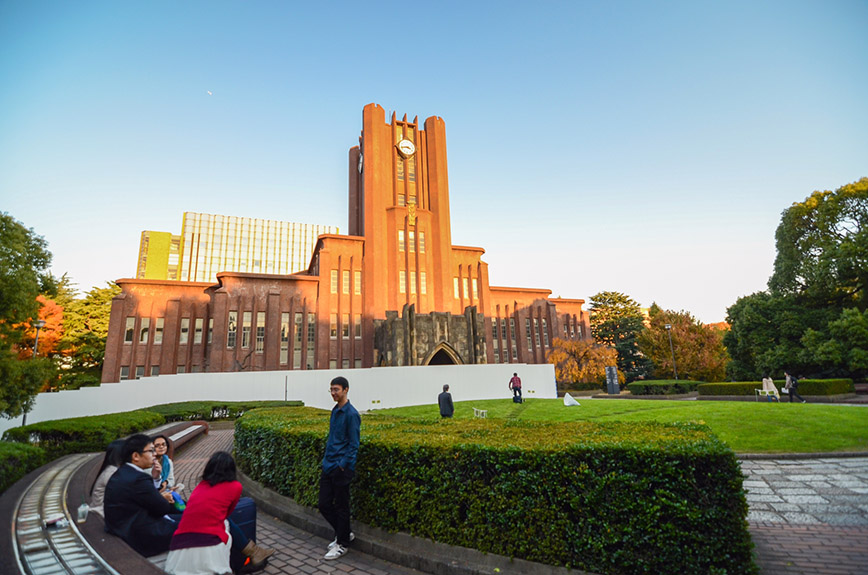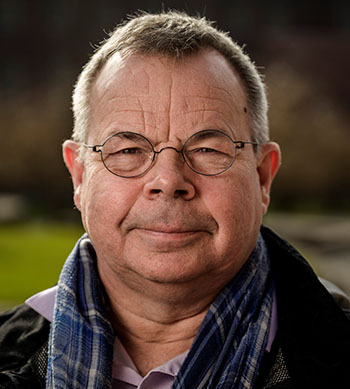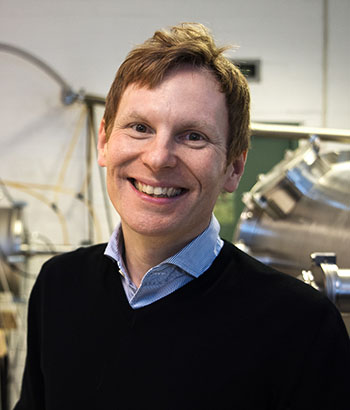Research exchange with the University of Tokyo

KTH is striving to deepen its collaboration with the University of Tokyo in Japan. Among other things, it is encouraging research visits of one to four months at the university. Younger people in the faculty are the highest priority in this exchange programme, the aim being to develop long-term research collaboration.
Therefore, KTH is opening a fifth call to support young researchers at KTH to become visiting researchers or guest lecturers at the University of Tokyo. The call relates to exchanges during the 2023/24 academic year. The deadline for applications is 30 April.
Per Lundqvist is a Professor at KTH and the academic contact for the partnership with the University of Tokyo.

Why is KTH specifically focusing on the University of Tokyo?
“We have similar assignments and positions nationally, both for educating engineers and conducting leading-edge research. Japan and Sweden also operate under similar conditions when it comes to social conditions and challenges. As well as similarities in the political system and a well-developed economy with a strong technology sector, we share the challenge of an ageing population and ambitious environmental and safety objectives. Collaborating with the University of Tokyo, one of the world’s leading universities, also brings KTH goodwill in the academic world.”
What are the goals and the common challenges?
“Above all, we want to increase the scope of joint, long-term research collaboration. To do this, we need to expand our fields of contact and also learn how we can co-fund research projects.”
Here are two KTH researchers about their visits to the University of Tokyo
Xi-Lillian Pang is a researcher at the School of Architecture and the Built Environment’s SEED department. She was a visiting researcher at the University of Tokyo for three months in the autumn of 2022.

The visit to the University of Tokyo was great and very rewarding. We worked on a project about machine learning to predict red-listed species distribution and wrote a manuscript for a research thesis that will be submitted for publication. I was also invited to participate in a research conference arranged by the host institution to present our work.
Furthermore, I held a research seminar for their researchers and students on using remote analysis to assess environmental and biological diversity, and I attended their weekly seminars to learn about their research. My doctoral student Sigvard Bast also briefly visited and held a very nice seminar for the research group.
During my stay, I introduced the concept of the Swedish ‘fika’ break to the group, and we discussed the books about Stockholm and Sweden I had taken with me. Every day we had a relaxed 15-minute break, which the researchers in Japan were not used to.
The aim of the research visit wasn’t only to promote research collaborations but also to understand the differences between our research cultures. Doctoral students at the University of Tokyo must be highly self-motivated in their research and only have three years to complete their PhD, so they work incredibly hard.
During my stay, the researchers got to find out a bit about the wide range of research at KTH, and about the different ways we conduct that research, collaborating in and between groups.
As well as various research activities, we also took a group trip to the mountains, and they hosted both a welcome and a farewell dinner for me. They’re really friendly people.
Two students from the University of Tokyo are interested in coming to KTH. I’d be delighted to host them and have written them an invitation. They’ll probably be coming to KTH after the summer.
Andreas Archenti is a Professor at KTH. Working in the School of Industrial Engineering and Management, his research focuses partly on the performance and safety of systems. He and two doctoral students are involved in an ongoing exchange.

The University of Tokyo is known for its cutting-edge research in, for example, robotics and robot-based medical applications. My research group at KTH is studying the performance and safety of systems, and the aim of the exchange with the University of Tokyo is to develop new analytical and compensation methods that enable higher precision and safety compared to open surgery techniques.
In the first stage of the collaboration, doctoral students Monica Katherine Gonzalez, Theodor Laspas and I visited the University of Tokyo’s Harada Laboratory for a few days in November 2022. We looked at surgical equipment, for example, and the robots that are part of the study, and also established the framework for upcoming experimental tests. It was fascinating to be shown around the lab and to see the ongoing research in telesurgery with multiple robot-based systems.
We were also able to teleoperate some of the systems.
Our first visit was brief but quite intense. As well as seeing and ‘feeling’ all the exciting equipment, it was great to meet the research group in person after getting to know them on Zoom. We were unable to meet earlier due to the pandemic. We also took the opportunity to visit other research institutes in the area along with our colleagues.
The second stage of the exchange involved two researchers from Tokyo coming to KTH this February. We completed the pilot study and planned the next stage of the project, and we also gave our guests a tour of Stockholm and some of its sights, including City Hall. One of the visitors had never experienced snow before and found it quite magical. The third stage of the collaboration will involve doctoral students Katherine and Theodor going to Tokyo in May for a more extensive visit.
There are some differences between the Japanese and Swedish research cultures. In Japan, research is often based around a laboratory, which is responsible for a specific field of research. The lab has a professor, an associate professor and an assistant professor. At KTH, several professors can be part of the same unit and lab. Having said that, the language of research is universal and independent of working methods and cultural differences. Collaboration always makes it possible to find interesting new research queries to answer.
